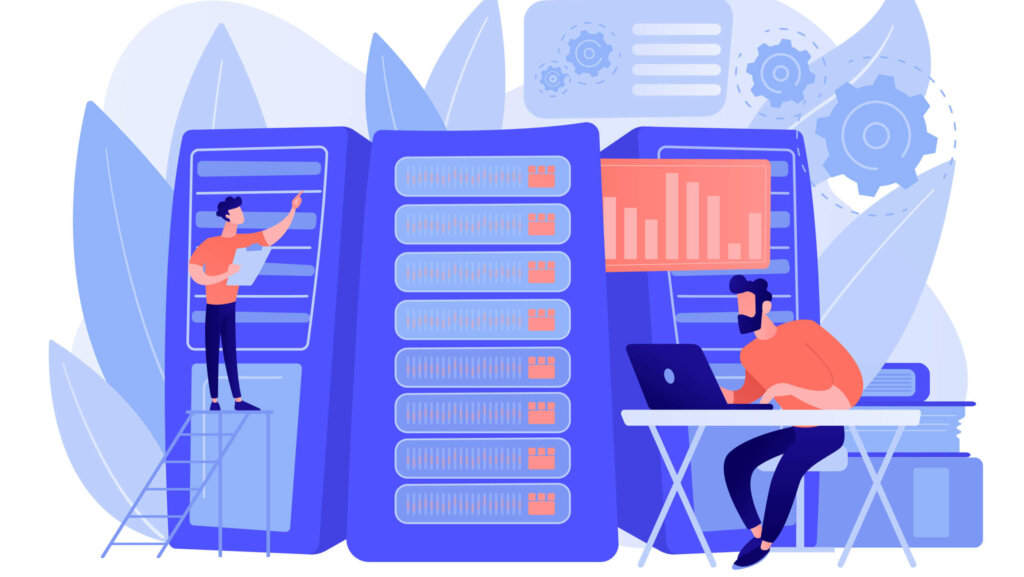Summary:
-
CAPTCHAs are losing ground to behavioral biometrics in the battle against bots, as they now account for 40% of global web traffic.
-
Header spoofing is becoming ineffective as modern defenses analyze runtime signals like inter-event latency and cursor inertia to detect bots.
-
To effectively evade detection, builders must incorporate micro-latency techniques and use smart proxy orchestration for their scraping operations.
CAPTCHAs hog the headlines, yet the real attrition in large-scale data extraction now comes from behavioral biometrics especially the millisecond-level timing signals that anti-bot engines harvest straight from JavaScript event loops. Security vendors have good reason to invest there: bots already generate at least 40 % of global web traffic, according to Cloudflare’s learning center, and Imperva’s 2024 Bad Bot report shows nearly one-third of every packet is a malicious crawler. With that volume, the arms race naturally shifts from user-agent strings to fine-grained interaction telemetry.
Why Header Spoofing Is Yesterday’s News
Traditional rotating pools still fool static checks, but modern defenses score each request on dozens of runtime signals:
| Signal | What It Indicates |
| Inter-event latency | Human motor cortex seldom fires keystrokes <30 ms apart. |
| Cursor inertia | Real mice accelerate, decelerate, and overshoot edges. |
| Hidden field focus | Bots tab through elements users never see. |
Akamai pegs 65 % of bot traffic as outright malicious despite “real-browser” façades in its recent State of the Internet brief. Put bluntly: if your scraper clicks too perfectly, you’re gifting defenders a feature flag.
Micro-Latency: The Overlooked Cloak
Most builders randomize delays with sleep(rand(200,400)). That’s still mechanical. Real users exhibit 1 ms-level jitter because their systems juggle interrupts, garbage collectors, and network buffers.
ADVERTISEMENT
Quick Experiment
- Instrument your own browsing with performance.now() deltas.
- Chart the first-keystroke latency after page paint (you’ll see an ugly, non-Gaussian smear).
- Compare that to Selenium’s default waits straight vertical lines.
The difference is night and day, and sophisticated detectors latch onto the predictability. Injecting noise isn’t enough; you must sample from distributions captured on commodity hardware under load, then replay them with slight drift so the pattern never repeats verbatim.
Proxy Choreography That Doesn’t Blow Your Cover
Micro-latency only works if the transport layer cooperates:
- Consistent exit IP RTTs – Large jitter plus a datacenter proxy screaming 2 ms round-trips looks synthetic.
- Session stickiness – Behavioral fingerprints decay when the origin IP flips mid-cart.
- TLS résumé sharing – Reusing session tickets reduces handshake variance and keeps latency budgets realistic.
For a hands-on walk-through that pairs timing obfuscation with bulletproof routing, see Undetectable Browser proxy setup.
Building an Organic Delay Engine (In 8 Lines)
python
CopyEdit
# Pseudocode sketch
ADVERTISEMENT
hist = load_real_timings(‘human_typing.csv’)
for ch in query:
delay = jitter(sample(hist))
await sleep(delay)
await page.type(ch)
Key nuance: jitter() adds ±3 % noise, but clamps extremes so you never drop below USB-polling reality (~8 ms).
Don’t Ignore The Tail
Imperva’s telemetry shows API endpoints suffer 21 % more scraping attempts than HTML pages. API responses arrive faster, so your timing model must contract accordingly. Measure, don’t guess.
Final Takeaway
If your crawler fleet still focuses on who-is-my-proxy instead of how-do-my-fingers-move, you’re fighting last decade’s battle. Capture genuine interaction traces, replay them with disciplined variance, and align network latency via smart proxy orchestration. The reward? Scrapes that slip past behavioral tripwires while defenders chase yesterday’s noise.









